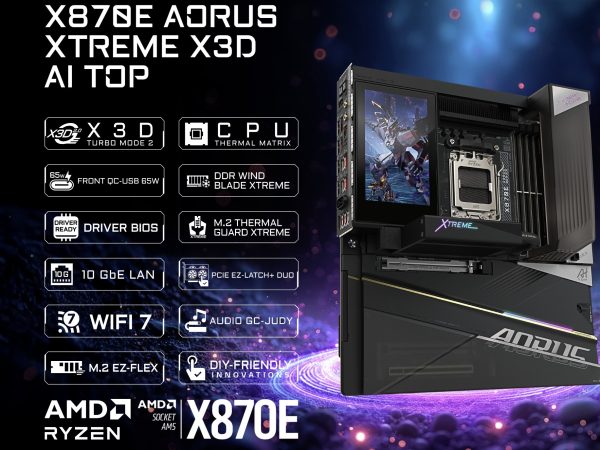
Wi-Fi Standards: A Quick Guide to 6, 6E, and 7

Tired of buffering and slow internet speeds? It might be time to upgrade your Wi-Fi Standards? But with multiple standard being active in marketing now, like Wi-Fi 6, 6E, and 7 flying around, it can be confusing. Let’s break it down.
Wi-Fi 6: The Reliable Workhorse
Wi-Fi 6 is pretty much the go-to standard nowadays. Think of it as the reliable car you’ve been driving for a few years. It’s fast, efficient, and handles most tasks with ease.

- Key features: Improved speed and capacity over older generation, works well especially in crowded areas like homes with multiple devices or public hotspots.
- Best for: Most households and small offices that need a solid, dependable connection.
For more reading, these links:
- Wi-Fi Alliance – Wi-Fi CERTIFIED 6
Wi-Fi 6E: The Workhorse with its own lane
Wi-Fi 6E is not a new standard but rather Wi-Fi 6 with add-on bandwidth. You see Wi-Fi travel in specific bandwidth, 2.4GHz, and 5GHz, see them as a highway where information travels securely. The problems with the information travel in specific lane is it would get congested in busy area, traffic or information flow will slow down.

Wi-Fi 6E introduce 6GHz, an new bandwidth for information to travel on. In a nut shell it is like upgrading to a bring your car to a new, less traveled road. It’s faster, less congested, and offers a smoother ride, which mean effect data transfer rate especially for demanding tasks.
- Key features: Access to the 6GHz band, which means less congestion and faster speeds. Ideal for high-definition streaming, online gaming, and large file transfers.
- Best for: Tech enthusiasts, gamers, and households with multiple high-speed devices.
If you are looking for a tablet that support WiFi-6E, check out our review of the Redmi Pad Pro 5G. It is a powerful workhorse tablet that can take on task a laptop can without the size:
For more reading, these links:
- Wi-Fi Alliance – 6 GHz Wi-Fi
Wi-Fi 7: The Future of Fast
Wi-Fi 7 is the next generation of Wi-Fi, promising even faster speeds and better performance. It is also designed with stability in mind, and would deliver almost wired like behavior in terms of speed and connectivity.

Wi-Fi 7 introduce a new channel with 320 MHz within the 6GHz bandwidth. See it as lane within the earlier mention highway example, which new lane that is bigger, wider, allowing more traffic to pass through.

- Key features: 320 MHz in 6 GHz, Ultra-fast speeds, lower latency, and improved capacity for handling even more devices.
- Best for: Early adopters and those who need the absolute fastest speeds for demanding applications like virtual reality or 8K streaming.
For more reading, these links:
- Wi-Fi Alliance – Wi-Fi CERTIFIED 7
- Intel – What is Wi-Fi 7
- Asus – Wi-Fi 7 Connect beyond speeds
So, which one do you need?
To help understand the difference the protocols, we created a table to help understand this topic better:
| Feature | Wi-Fi 6 (802.11ax) | Wi-Fi 6E (802.11ax) | Wi-Fi 7 (802.11be) |
| Frequency Bands | 2.4GHz, 5GHz | 2.4GHz, 5GHz, 6GHz | 2.4GHz, 5GHz, 6GHz |
| Speed | Up to 9.6 Gbps | Up to 9.6 Gbps (2.4GHz/5GHz), up to 24 Gbps (6GHz) | Up to 30 Gbps |
| Capacity | Higher capacity for more devices | Even higher capacity | Highest capacity |
| Latency | Lower latency | Lower latency | Even lower latency |
| Efficiency | Improved efficiency | Improved efficiency | Highest efficiency |
| Availability | Widely available | Becoming more widely available | Not yet widely available |
| Security Standards | WPA2, WPA3 | WPA2, WPA3 | WPA3 (expected) |
If you’re happy with your current speed and reliability, Wi-Fi 6 might be sufficient.
If you want faster speeds and less congestion, Wi-Fi 6E is the way to go.
If you’re a tech enthusiast looking for the ultimate performance, keep an eye on Wi-Fi 7.











